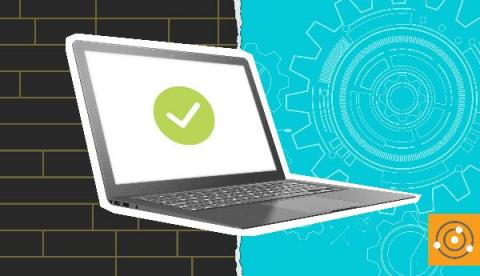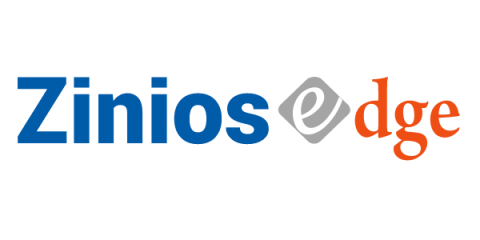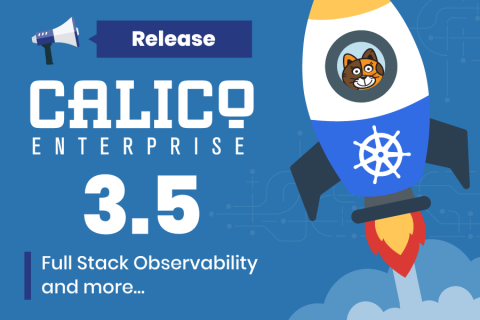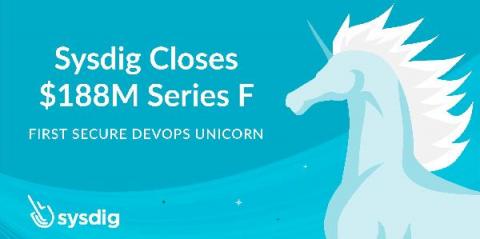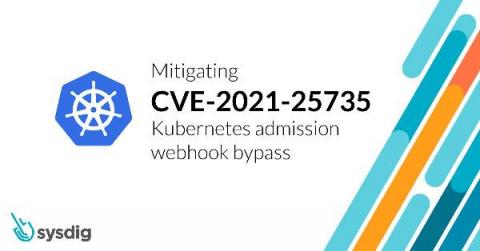Operations | Monitoring | ITSM | DevOps | Cloud
Security
The latest News and Information on CyberSecurity for Applications, Services and Infrastructure, and related technologies.
Importance of Data Security For Mobile Healthcare Apps
Telemedicine or mobile healthcare apps are unquestionably important in our daily lives, as the world is increasingly shifting to an all-digital landscape. And when you think of the current pandemic scenario when social distancing and wearing masks are the new normal, nothing seems to be safer than using mobile health apps. But are we really safe while using these apps? Well, that brings us to the concern of being safe on the internet while using mobile healthcare apps.
Incident Response Alert Routing
You have identified a data breach, now what? Your Incident Response Playbook is up to date. You have drilled for this, you know who the key players on your team are and you have their home phone numbers, mobile phone numbers, and email addresses, so you get to work. It is seven o’clock in the evening so you are sure everyone is available and ready to respond, you begin typing “that” email and making phone calls, one at a time.
Announcing Calico Enterprise 3.5: New ways to automate, simplify and accelerate Kubernetes adoption and deployment
We are thrilled to announce the availability of Calico Enterprise 3.5, which delivers deep observability across the entire Kubernetes stack, from application to networking layers (L3–L7). This release also includes data plane support for Windows and eBPF, in addition to the standard Linux data plane. These new capabilities are designed to automate, simplify and accelerate Kubernetes adoption and deployment. Here are highlights from the release…
The essentials of central log collection with WEF and WEC
Last week we covered the essentials of event logging: Ensuring that all your systems are writing logs about the important events or activities occurring on them. This week we will cover the essentials of centrally collecting these Event Logs on a Window Event Collector (WEC) server, which then forwards all logs to Elastic Security.
Sysdig Raises $188M at a Valuation of $1.19B to Secure Modern Cloud Applications
Exploiting and detecting CVE-2021-25735: Kubernetes validating admission webhook bypass
The CVE-2021-25735 medium-level vulnerability has been found in Kubernetes kube-apiserver that could bypass a Validating Admission Webhook and allow unauthorised node updates. The kube-apiserver affected are: You are only affected by this vulnerability if both of the following conditions are valid: By exploiting the vulnerability, adversaries could bypass the Validating Admission Webhook checks and allow update actions on Kubernetes nodes.
Our $188M funding round fuels our mission to help customers confidently run modern cloud applications
Today, I am excited to share that we secured $188M in a new funding round, at a valuation of $1.19B (read more here). At the outset, I want to thank our employees, partners, investors and most importantly, our customers for this important milestone. The funding follows a year of unmatched innovation that led to accelerated revenue growth, installed base growth, and rapid community adoption of our open source projects.
SIEM Deployment Remains Strategic in 2021
Some great new research coming out of the survey data published by 451 Research on Enterprise spending for Information Security. There have been more advanced ways of trying to implement security controls and avoid security issues by integrating security into the development or continuous integration and release pipelines. Despite that, there is still strong interest in using log and event data to manage the security posture of an organization in a SIEM solution.


